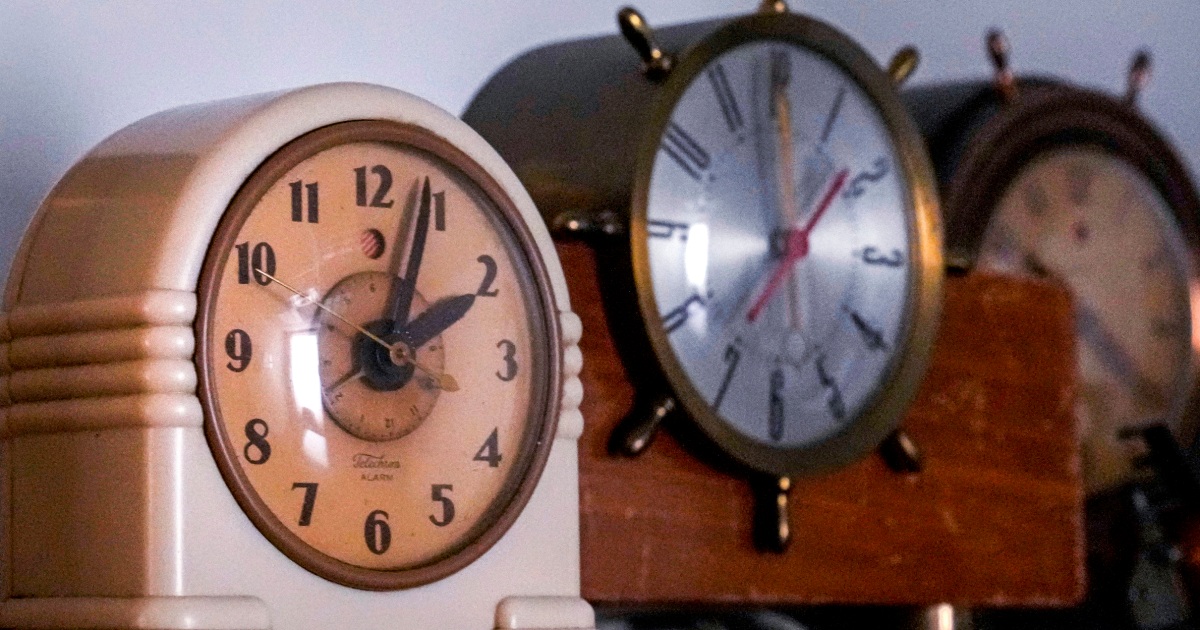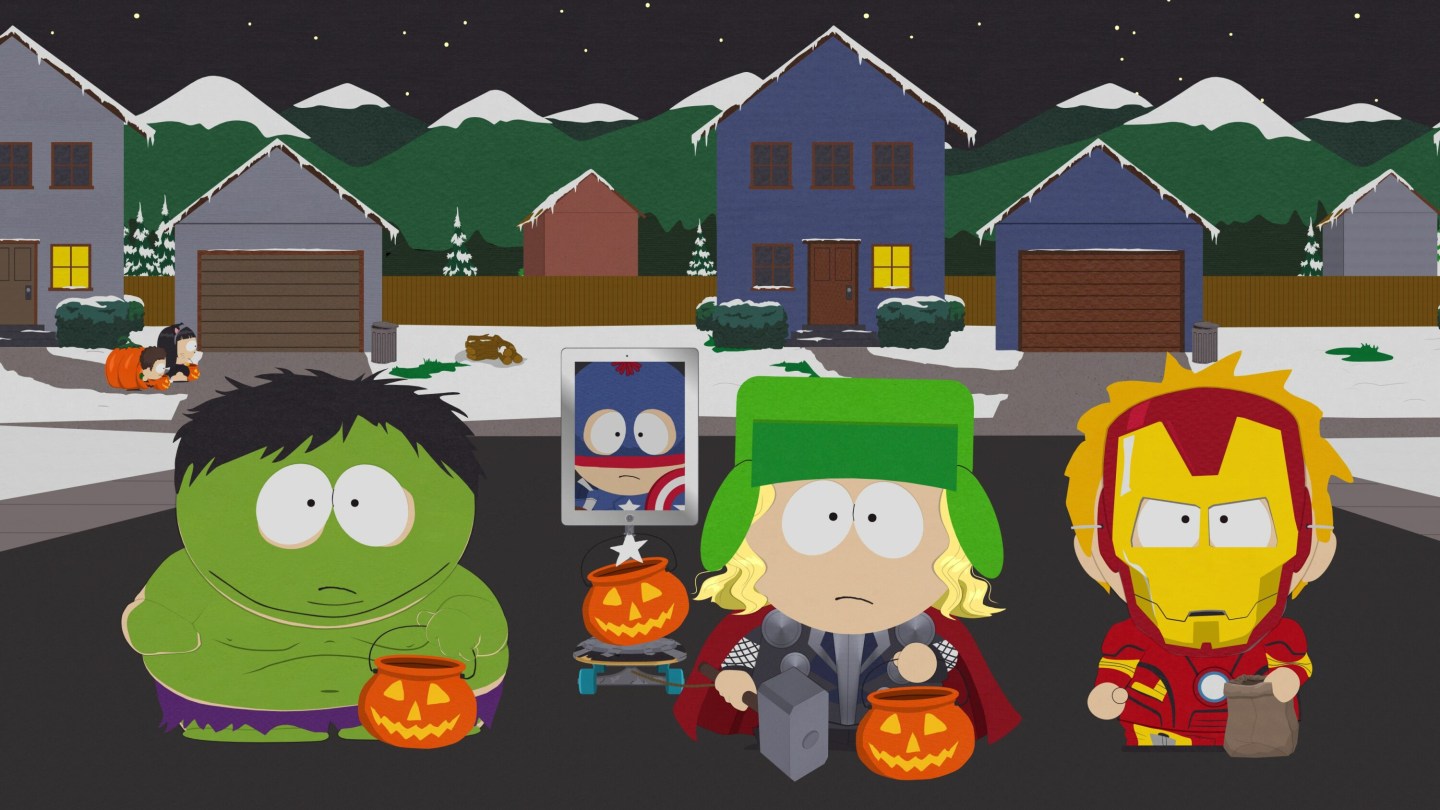It’s time to fall back again.
The clock will strike 1 a.m. twice Sunday as daylight saving time once again comes to an end.
Here’s what you need to know about daylight saving time and why the United States changes clocks twice a year.
When does daylight saving time end?
Daylight saving time started March 9 and ends Sunday.
Unlike in the spring, when we lose an hour and the clocks skip the 2 o’clock hour entirely, we will gain an extra hour Sunday, with clocks jumping from 1:59 a.m. back to 1 a.m.
The sun will also start setting earlier across the United States as we head into the late fall and winter.
How long does standard time last?
Standard time across the United States will remain, as will earlier sunsets and darker evenings, until spring rolls around and daylight saving time starts once again.
That means daylight saving time will begin again next year on March 8 and end Nov. 1.
Why do we observe daylight saving time?
The practice, established by the Standard Time Act in 1918, according to the Astronomical Applications Department of the U.S. Naval Observatory, is an effort to extend the daylight hours we have in the summertime by pushing off sunset an extra hour.
Daylight saving time, a contested idea after it was passed, was quickly repealed in 1919, becoming a local matter. It was re-enacted during the early days of World War II and observed from 1942 to 1945, according to the department.
After the war, the implementation of daylight saving time varied from state to state until the Uniform Time Act was passed in 1966, standardizing the dates of daylight saving time but allowing local exemptions if states or localities didn’t want to participate.
According to the Astronomical Applications Department, the standardized start and end dates have been changed throughout the years, but since 2007, daylight saving time has started the second Sunday in March and ended the first Sunday in November.
Which states don’t observe?
Hawaii and most of Arizona don’t observe daylight saving time and therefore don’t change their clocks twice a year, according to the Astronomical Applications Department.
The U.S. territories of American Samoa, Guam, Puerto Rico, the U.S. Virgin Islands and the Northern Mariana Islands also observe permanent standard time, according to the National Conference of State Legislatures.
Do other countries do this?
No. Most countries observe some version of “summer time,” according to the department, not all of them on the same schedule as the United States.
Most of the countries in the Northern Hemisphere that observe daylight saving time are in Europe and North America.
Some Southern Hemisphere countries also observe some version of daylight saving time, but below the equator, the seasons are swapped, so the start and end dates of their “summer time” are reversed from ours.
According to the Pew Research Center, only about a third of all countries observe daylight saving time. About half of all countries observed it at one point but no longer do.
What efforts have been made to end the practice?
The Senate passed the Sunshine Protection Act in 2022, which would make daylight saving time permanent year-round, but the bill didn’t advance in the House.
A version of the bill introduced in the Senate in January didn’t advance.
Almost all states have considered legislation to stay on standard or daylight saving time, and 19 states have passed bills or resolutions to implement it year-round in the last seven years, according to the National Conference of State Legislatures. But because federal law doesn’t allow for year-round daylight saving time, the states would have to wait for Congress to pass the bill to make the change.
What do health experts say?
Some studies suggest that observing daylight saving time year-round could reduce the number of traffic accidents and the amount of crime.
But a number of experts aren’t in favor of permanent daylight saving time. That’s because the sun should reach the highest point in the sky at noon, according to sleep experts, which is known as solar time.
Sleep experts prefer the back-and-forth of the clocks to permanent daylight saving time. When people wake up in darkness, hormones like cortisol might be higher, which might make people feel sleepier, Dr. Kin Yuen, a sleep medicine specialist at the University of California, San Francisco, and a fellow at the American Academy of Sleep Medicine, said in 2022.
Then, because the sun is out later, people might go to sleep later during daylight saving time, which can delay the body’s production of melatonin.
First Appeared on
Source link













